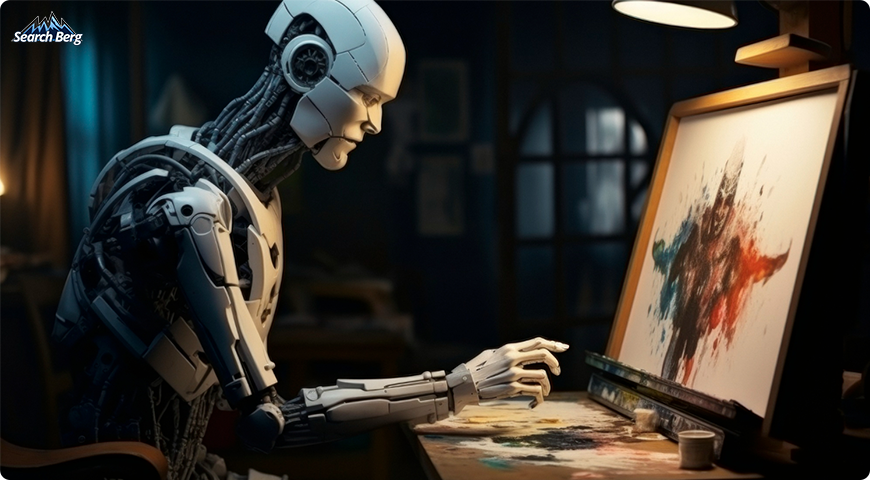AI-Generated Images vs. Stock Images – Google’s John Mueller’s Take
The Senior Search Analyst chalks it down to the level of authenticity required.

Highlights:
- Mueller stresses the importance of genuine photos for accurate product representation on e-commerce sites and suggests AI images should complement reality.
- Both contribute to aesthetic appeal, readability, and user engagement in general content.
- Users are more likely to visually search for topics with authentic images.
- Mueller cautions against using AI-generated images as a shortcut.
Google’s John Mueller took to LinkedIn to share his thoughts on using AI-generated images versus stock photography from a web content perspective. His insights were directed to users resorting to generative AI tools like DALL-E 2, particularly in contexts unrelated to art or AI-focused platforms.
Original Images and Decorative AI Tools
Mueller initiates the post by dissecting the necessity of authentic photographs versus decorative imagery.
For products,such as a suitcase on an e-commerce website, he contends that genuine photos, even if digitally refined with AI tools, do a better job of representing the original product. The essence of the product must be grounded in reality to offer users an accurate representation of what they might invest in.
He asserts that the line between stock photography and AI-generated images blurs when it comes to embellishing general content. Both contribute to the aesthetic appeal, facilitate readability, and contribute to a more engaging user experience.
Thus, one may assume that the choice between real and AI-generated images largely hinges on the specific needs and goals of the website content.
The Target Audience and SEO Implications
Further adding to the subject of relevance, Mueller suggests that audience expectations vary, with certain topics demanding authentic images while others may tolerate the use of AI-generated visuals.
He ties these expectations to SEO, hypothesizing that users are more likely to visually search for topics with genuine images—with or without AI elements.
For website owners considering AI-generated images, Mueller proposes a practical litmus test: reflect on whether you would have typically gone for stock photography.
Quality Standards
Mueller ends his post with a disclaimer, advising against using AI-generated images as a time and cost-saving measure. While acknowledging the convenience, he stresses that the professional standards expected on a business website often demand the investment of time and experience required by real images.
He rightly urges against compromising quality and professionalism for the sake of expediency.
AI-Generated Images Beyond Product Imagery
In a nutshell, users can use AI tools to enhance stock images or their product photos, but Mueller does not encourage going all the way with AI image generation.
The assumption here is that anything beyond, say, a product page on a website can feature AI-generated images. Compelling images enhance user engagement and accessibility; that’s how they improve your search engine ranking.
AI tools not only replace the daunting task of sourcing appropriate pictures, but they also help users avoid repetition if the stock images for their industry’s SEO content are limited. The future is undoubtedly AI, and it’s right around the corner.












